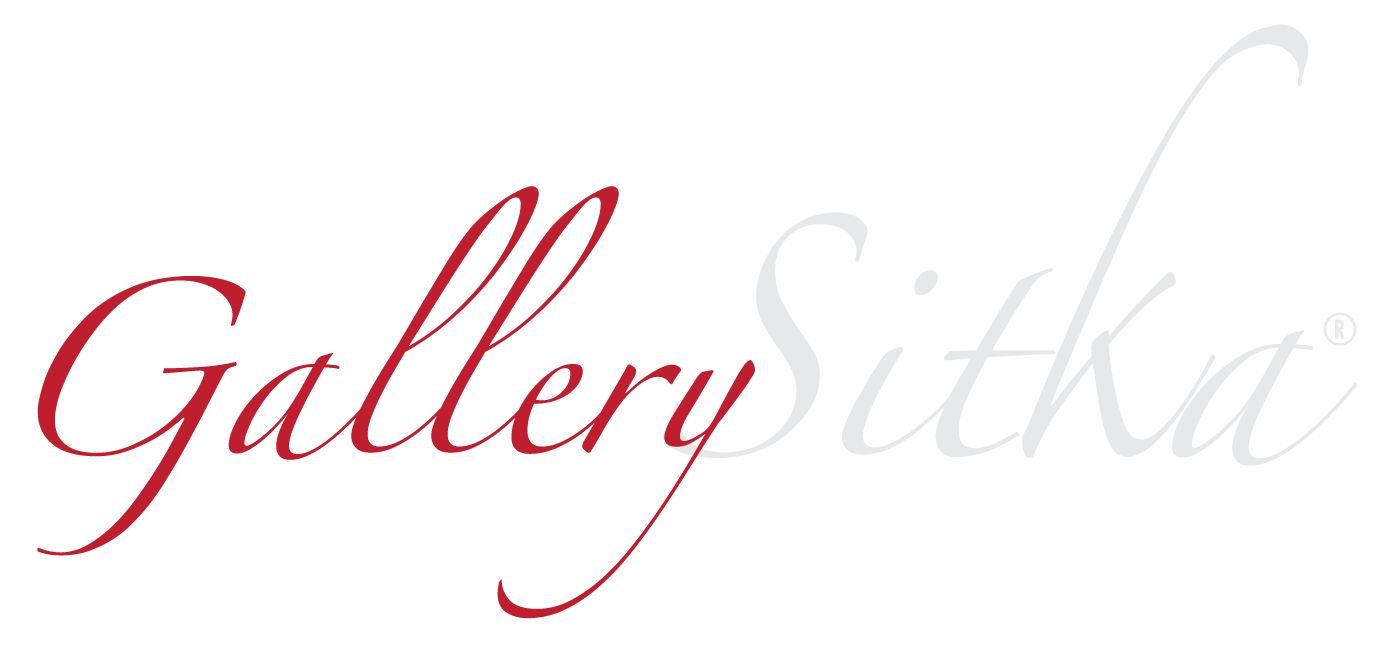Yana Filkovsky-Saito
April 3, 1978 — August 2, 2015
Artist’s Biography
Originally from Western Asia, Yana Filkovsky immigrated to the United States around age 12. Spending most of her life in the New York City area gave her a richly diverse cultural experience and range of perspectives.
She had started drawing as well as writing poetry and prose in her early childhood, but it was in high school that she discovered painting and sculpture. She then realized that Art was her true passion and decided to dedicate her life in its pursuit. She studied painting for a few semesters at Hampshire College in Massachusetts, until she fell ill with what turned out to be a lifelong, disabling form of a severe, chronic depression. Nevertheless, after a year’s hiatus, she returned to study at the State University of New York at Purchase College. She earned her Bachelor of Fine Arts degree with Honors, with a concentration in Printmaking (intaglio, lithography, woodcut, silkscreen, as well as book arts), along with a Minor degree in Art History, and a second Minor in Psychology, a subject which is integral to the content of much of her artwork.
During those years she had also began SCUBA diving, learning various specialties, such as underwater photography, to eventually earn the title of a Master SCUBA Diver. Sometimes there are elements in her work that exist solely thanks to her experiences under the sea. After College, she exhibited in solo and group shows in Brooklyn and in New York City. Among other things, she volunteered in NYC’s Center for Book Arts, worked in a Textile Design Studio, and as an assistant to contemporary multimedia artist Josely Carvalho.
Eventually, the ideas triggered by printmaking around multiple images, and especially those of book arts around visual narrative, led her to decide to add a temporal dimension to her work. She enrolled in the Master of Fine Arts program in the Department of Digital Art at Pratt Institute in Brooklyn, NY, where she focused on motion graphics, video, and animation. During her time there she also learned digital imaging in general, which became the medium of most of the work she has produced over the years since then.
In 2008 she moved near Boston, Massachusetts, and in 2010 she married Zen Saito, a fellow artist, sculptor, and painter.
Artist’s Statement
My artwork is borne of and intended to convey various aspects of the human experience, in simultaneously universal and individually subjective terms. Whether the medium is traditional or digital, still or in motion, whether the work is strictly visual or incorporates words, and whether the style is surreal, abstract or representational, my work strives to express inner experience with layers of meaning ranging from the perceptual through the emotional/cognitive to the spiritual. I work across a wide range of media which include traditional printmaking and artist books, motion graphics, video and animation, digital photo-montage, as well as sculpture, painting, collage, drawing, and mixed media. Each medium allows me to create work that either expresses entirely different concepts, or similar ideas but in extremely varied perspectives.
“Vertipology,” my most recent work, is a series of digital photomontage images which are each composed of dozens of photographs which I had meshed together, distorting perspectives, distances, and details, hours, seasons, etc. No such landscapes exist. Those vistas are, rather, depictions of a subjective experience of those whereabouts.
In the artist’s book “Year of the Mad Bird” I alternated pages of free-verse with pages of intaglio & aquatint etchings, some with watercolor, using motifs such as a bird character as a metaphor for a soul, to express subjective abstractions of general concepts, such as “language,” “specimen,” “shadow,” “war,” “elevation,” etc.
These two examples describe what probably appears as a wide variety in types of artwork I create, but I think they explain the essence of what all my work holds in common. My hope is that my work would resonate with a viewer regarding their own experience, which may be deeply personal, yet simultaneously universal in its essence. If it evokes a reassuring sense of strange familiarity, or familiar strangeness, in even just one of all viewers, then it has struck that chord.




